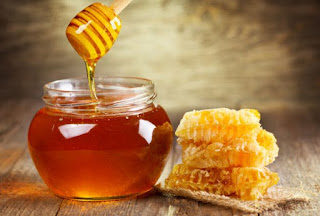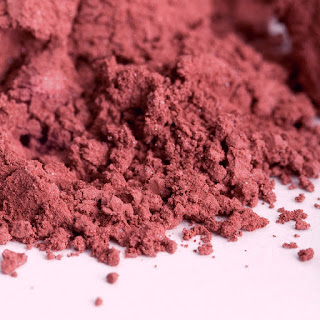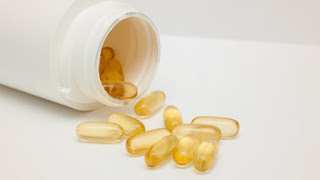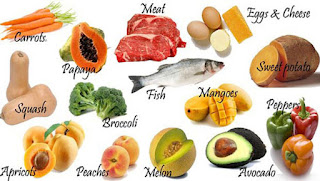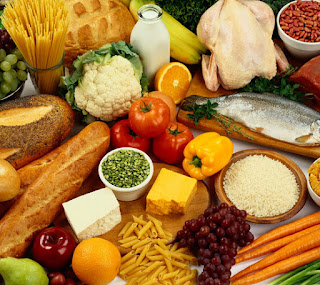The treatment process of vitiligo is long and complicated. Many patients cannot see obvious results during long-term treatment, which makes them feel frustrated, and even begin to seek some folk remedies to remove white patches to relieve the pain caused by the disease. But which folk remedies really work? Today, we will reveal the secrets one by one:
(1) Figs can Treat Vitiligo – True
Figs are believed to have certain therapeutic effects on vitiligo. It can not only relieve sore throat, lower blood sugar, and benefit the stomach, but also enhance the activity of tyrosinase in melanocytes and promote the production of melanin pigment.
There are two ways to use it:
One is to eat three ripe fresh figs on an empty stomach every day;
The other method is to decoct fresh fig leaves in water and concentrate it into 30 ml. Apply it to the vitiligo patches with a cotton ball and take some mild sunlight for 10 to 20 minutes.
However, it should be noted that patients prone to allergies should avoid using it because the juice secreted by fresh fig pedicles may cause allergic reactions.
(2) Drinking Tea to Help Vitiligo - True
Drinking tea is beneficial to patients with vitiligo. The tea polyphenols in tea can enhance and regulate immunity, which is beneficial to the formation of melanin and the enhancement of tyrosinase activity.
It is recommended that patients brew mixed tea half an hour before meals, including Longjing tea, Biluochun tea, Gyokuro tea, and Jasmine tea, and drink it after being cooled to warm. However, you should avoid drinking it within half an hour before a meal and within an hour after a meal to avoid affecting digestion.
(3) Psoralen can Treat Vitiligo - True
Psoralen belongs to the furanocoumarin class of drugs and can cause photosensitivity. After being taken orally or applied externally to the skin, it can cause local skin pigmentation after exposure to mild sunlight or narrowband ultraviolet rays (NB-UVB).
It is recommended that patients use psoralen tincture according to professional medical advice and combined with light to increase the production of melanin pigment in the affected areas of white patches. However, it should be noted that some people may experience redness, pain, itching, and other symptoms when using psoralen tincture. They should inform their doctor in time and adjust the dosage according to the doctor's advice.
(4) Eating Black Beans can Help vitiligo - True
Black beans are rich in protein, lecithin, fat, and vitamins, as well as melanogen and niacin. Patients with early-stage vitiligo can take black beans orally, which can promote the conversion of melanogen into melanin.
It is recommended that patients soak black beans until soft, then cook or fry them with star anise and an appropriate amount of salt, and consume a small amount every day.
Some food taboos can also lead to nutritional imbalances in the patient's body and affect the recovery of vitiligo. In fact, as long as vitamin C is taken in an appropriate amount, it will not have much impact on the recovery of vitiligo. Instead, it will play an important role in maintaining the patient's health needs.
Vitamin C is also an important nutrient in our body. It has the functions of antioxidants, removing free radicals, fighting oxidative stress, and enhancing immunity. Appropriate supplementation of vitamin C is beneficial to physical health and the condition of vitiligo.
(6) Apply Ginger Slices Topically can Treat Vitiligo - False
Among the people, there are many folk remedies for treating vitiligo. One of them is that applying ginger slices can treat vitiligo.
There are many predisposing factors for vitiligo, including heredity, low immunity, lack of trace elements, endocrine disorders, etc. Treatment requires targeted treatment based on the patient's cause and condition. The treatment method of applying ginger slices has no scientific theoretical basis, and it is impossible to develop a treatment plan according to individual conditions, which may lead to poor treatment effects or even worsen the condition.
The treatment of vitiligo requires scientific methods and patience. When seeking treatment, patients should avoid blindly trying unproven folk remedies to avoid unnecessary risks. Before using any treatment, it is best to consult a professional doctor to ensure it is safe and effective.







